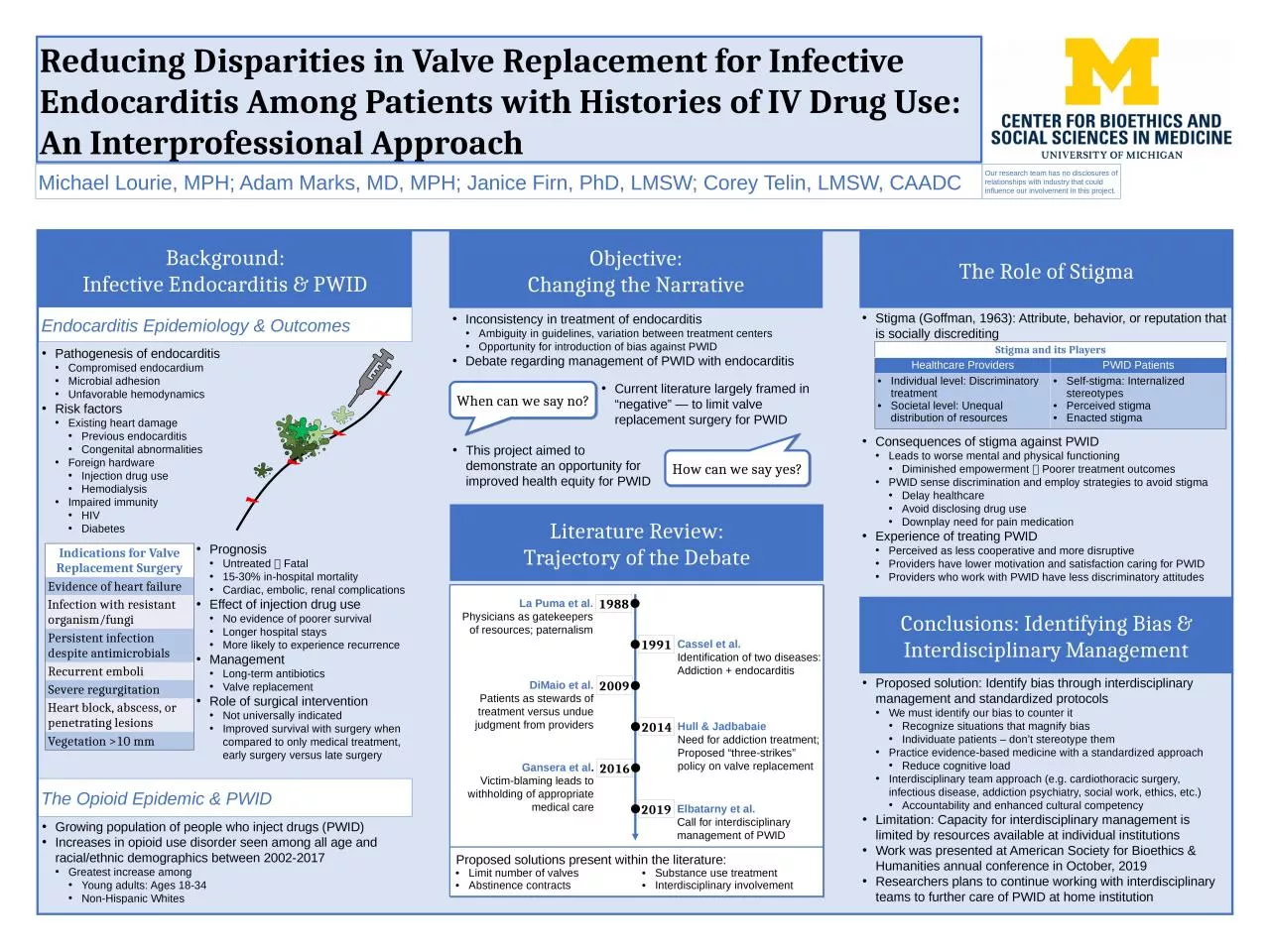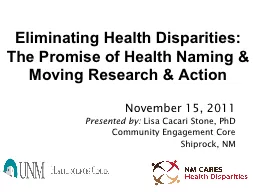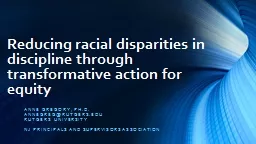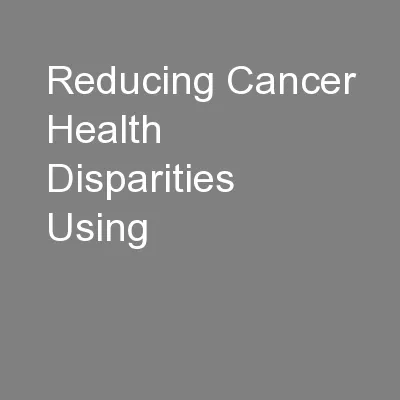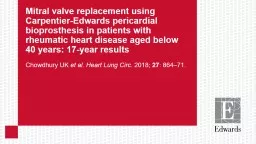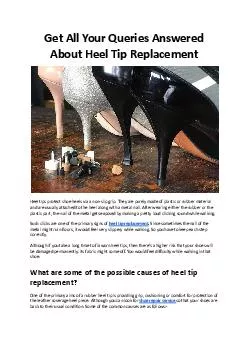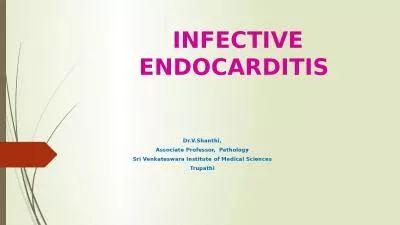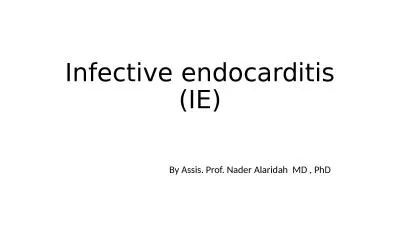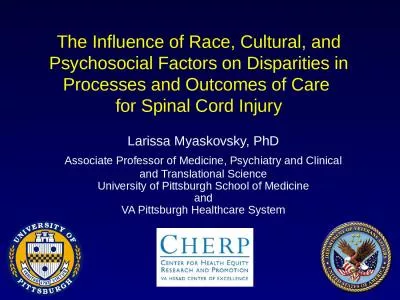PPT-Reducing Disparities in Valve Replacement for Infective
Author : ashley | Published Date : 2024-03-13
Endocarditis Among Patients with Histories of IV Drug Use An Interprofessional Approach Background Infective Endocarditis amp PWID Objective Changing the Narrative
Presentation Embed Code
Download Presentation
Download Presentation The PPT/PDF document "Reducing Disparities in Valve Replacemen..." is the property of its rightful owner. Permission is granted to download and print the materials on this website for personal, non-commercial use only, and to display it on your personal computer provided you do not modify the materials and that you retain all copyright notices contained in the materials. By downloading content from our website, you accept the terms of this agreement.
Reducing Disparities in Valve Replacement for Infective: Transcript
Download Rules Of Document
"Reducing Disparities in Valve Replacement for Infective"The content belongs to its owner. You may download and print it for personal use, without modification, and keep all copyright notices. By downloading, you agree to these terms.
Related Documents

